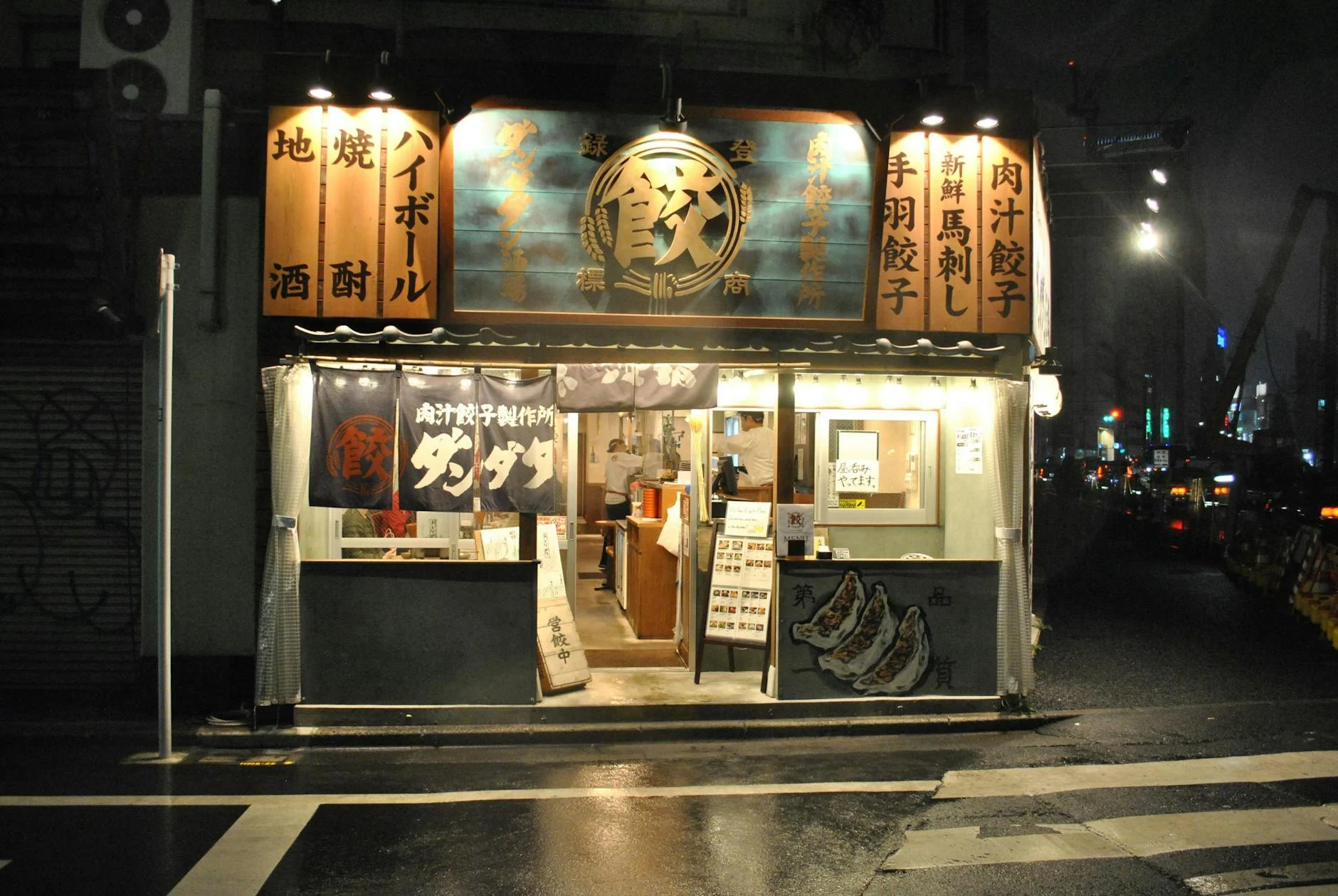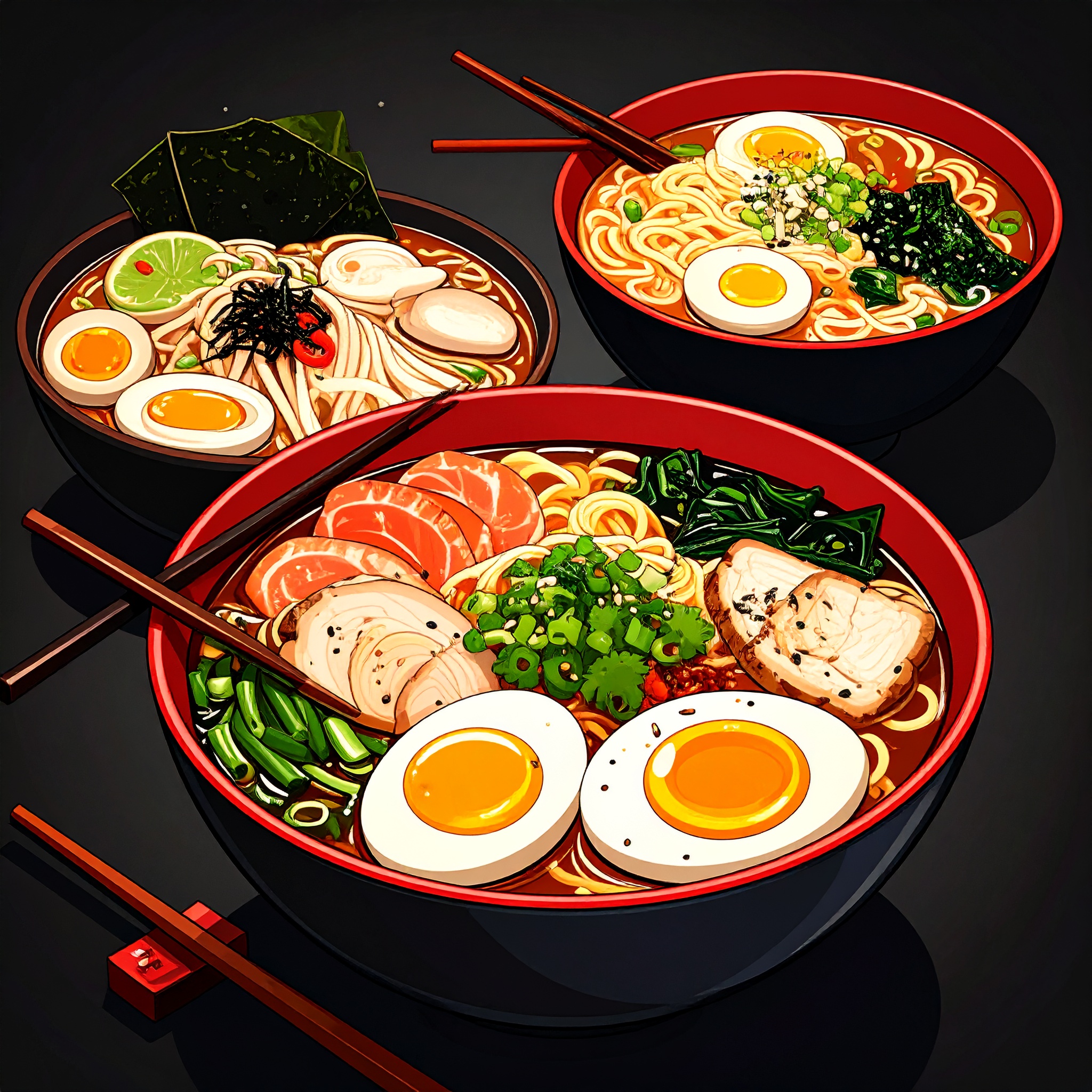In the food industry, the term “limited” is often employed as a marketing strategy—limited quantities, limited time, limited locations—designed to generate urgency through scarcity. But in the world of Japanese ramen, when a shop declares “100 bowls per day,” the intent is entirely different. It is not a tactic, but a philosophy—an expression of respect not for numbers, but for the integrity of each individual bowl.
Why do some ramen artisans choose to serve no more than 100 bowls a day? The answer lies in a fundamental shift of priorities: from efficiency and volume to precision and quality. Ramen is not a product of mass manufacture. Each bowl is a delicate composition—the state of the stock in the pot, the firmness of the noodles, the temperature of the tare and oils, the precision of each cut topping. Only when these elements align perfectly does the “ideal bowl” emerge. And for many craftsmen, that standard can only be upheld a hundred times a day.
Consider the broth alone: its preparation demands time, patience, and deep attentiveness to raw materials. Chicken bones and pork are simmered for hours, layered with umami from dried sardines and kombu. Every aspect—from the control of heat and skimming of impurities to preventing oxidation of the soup—is a carefully timed ritual. Increasing output too much would risk compromising this balance. The choice to limit production is not a constraint—it is the chef’s way of preserving integrity.
Even the noodles, when handmade or prepared in-house, impose natural limits. Allowed to rest too long, they lose aroma; cut too recently, they may over-soften. There is only a narrow window in which the noodle reaches its peak form. Thus, to fix a limit of 100 servings is not just logical—it is essential. It is a boundary set not by marketing, but by mastery.

The number 100 is not arbitrary—it defines the outer limit of sustained focus in the kitchen. Preparing ramen is a symphony of simultaneous tasks: timing the noodles to the exact second, warming the broth to the precise temperature, arranging toppings with finesse, and conducting a final visual inspection—all within moments. To repeat this sequence hundreds of times a day would inevitably lead to lapses in concentration. For the chef who believes, “today’s bowl may be someone’s very first,” determining the number of servings that allows for 100% focus is more than operational—it is a matter of honor. It is a quiet courtesy to the guest, and a personal standard of excellence that defines the craftsman’s pride.
This limitation is not about exclusivity. Rather, it stems from a sincere desire to offer the finest bowl to every guest, regardless of who they are or when they arrive. It’s not a race for the early few, but a belief that through careful, consistent practice—day after day—each person will eventually encounter that one perfect bowl. Ramen, often seen as a symbol of speed and convenience, is here reimagined as a dish worth waiting for.
Equally important is how this limitation aligns with sustainability. When every component—broth, noodles, and toppings—is prepared for exactly 100 servings, nothing goes to waste. There is no overstocking, no over-preparation, only a clean cycle of use. This is not merely an exercise in operational efficiency, but a demonstration of respect—for ingredients, for the environment, and for the balance of thoughtful production.
Moreover, the 100-bowl constraint becomes a crucible for creativity. When volume is fixed, the emphasis shifts to refinement. It encourages uncompromising ingredient selection and daily adjustments based on temperature, humidity, and timing. To pursue the best possible bowl each day is not a matter of scale, but of precision—and it is within this deliberate limitation that true artistry thrives.

From the guest’s perspective, a limited offering carries with it a sense of quiet exclusivity. To line up, to arrive at opening, to finally receive that one bowl—this moment resonates not because of its rarity alone, but because it is infused with the chef’s full attention and effort, given only to that day. When this truth is understood, ramen transcends the role of nourishment and becomes a memorable experience—etched in time.
In this way, the decision to serve only 100 bowls per day represents a shift in how ramen is understood. It is no longer about volume, extravagant toppings, or affordability. Instead, it reflects a deeper commitment to the quality of flavor. It signals a willingness to pursue perfection—not once, but daily—in a quiet and disciplined struggle toward culinary refinement.
Today, ramen is becoming less a matter of quantity, and more a matter of philosophy. Behind the concept of a limited number lies a profound question: how deeply can one consider the weight of a single bowl? The answer, for many, has become “100.” Not as a marketing number, but as a symbol of sincerity—a testament to the chef’s resolve to honor every bowl with undivided care.




